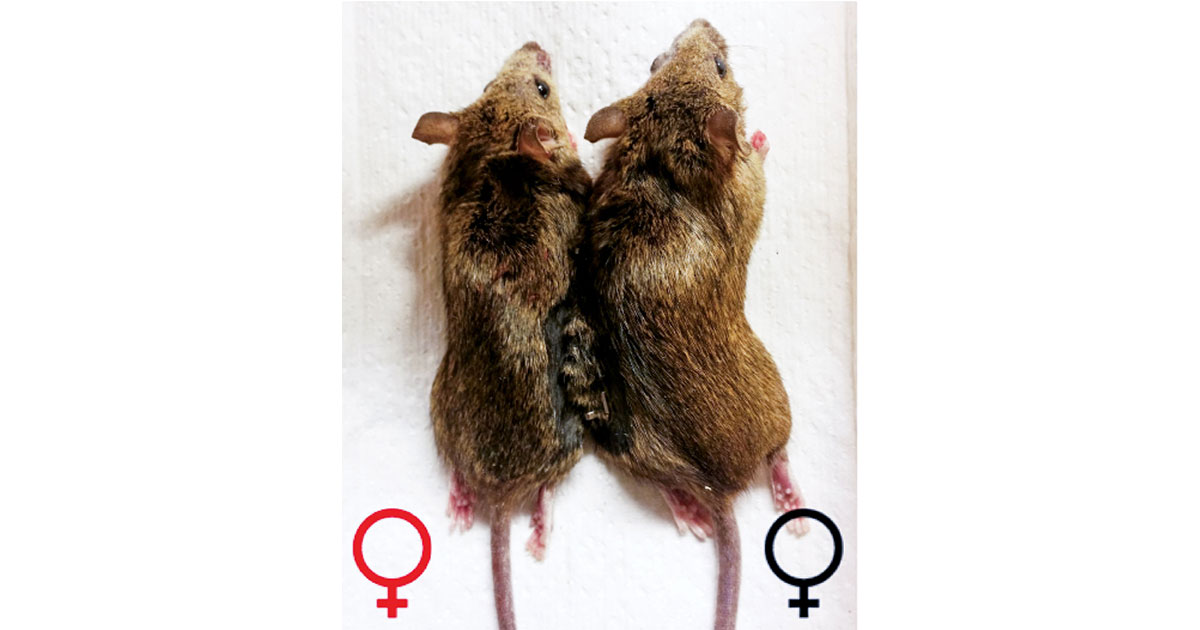Advertisement
Grab your lab coat. Let's get started
Welcome!
Welcome!
Create an account below to get 6 C&EN articles per month, receive newsletters and more - all free.
It seems this is your first time logging in online. Please enter the following information to continue.
As an ACS member you automatically get access to this site. All we need is few more details to create your reading experience.
Not you? Sign in with a different account.
Not you? Sign in with a different account.
ERROR 1
ERROR 1
ERROR 2
ERROR 2
ERROR 2
ERROR 2
ERROR 2
Password and Confirm password must match.
If you have an ACS member number, please enter it here so we can link this account to your membership. (optional)
ERROR 2
ACS values your privacy. By submitting your information, you are gaining access to C&EN and subscribing to our weekly newsletter. We use the information you provide to make your reading experience better, and we will never sell your data to third party members.
Biological Chemistry
'Evolved' Enzyme Has Unique Action
Technique produced a protein that catalyzes RNA ligation
by Stu Borman
August 20, 2007
| A version of this story appeared in
Volume 85, Issue 34
A WAY TO MAKE new types of enzymes has produced one that accelerates a ligation reaction that no other enzyme is known to catalyze.
The approach, which could create enzymes that cleave and modify substrates in addition to linking them together, may aid basic research and speed the synthesis of drugs and other chemicals, among other applications.
Research fellow Burckhard Seelig and molecular biology professor and Howard Hughes Medical Institute investigator Jack W. Szostak of Massachusetts General Hospital, Boston, devised the approach, which is based on messenger RNA (mRNA) display and in vitro selection (Nature 2007, 448, 828). mRNA display generates very large libraries of proteins covalently linked to their encoding mRNAs, and in vitro selection is an iterative, cyclic way to screen molecules for desired properties.
Using mRNA display, Seelig and Szostak generated a library of more than 1012 randomized "zinc finger" proteins, which are known to bind nucleic acids. To each mRNA-protein conjugate, they attached complementary DNA and an RNA substrate. Then they exposed the resulting structures to another RNA substrate bearing an anchor group. When an mRNA-protein conjugate catalyzed ligation of the RNA substrates, it could be isolated because it bound to a bead through the anchor group. The DNA for each "hit" was amplified (or mutated and amplified) and added to the library to enrich it for further selection cycles until an enzyme with unique RNA ligase activity was identified. The new enzyme accelerates the ligation more than 2 million-fold, which is not a tremendously high level of activity. "Biological ligases and polymerases can be 1,000- to 1 million-fold faster" than the new enzyme, Szostak says.
New enzymes generally have been created by modifying existing ones or by designing or "evolving" enzymes based on a detailed understanding of known catalytic mechanisms. The new technique, in contrast, relies only on in vitro evolution and not on known mechanisms.
Chemistry and immunology professor Kim Janda of Scripps Research Institute, La Jolla, Calif., comments that some understanding of the mechanism of ligation reactions is inherent in use of a zinc-containing protein library, since ligation reactions are known to require metal and/or acid-base catalysis. Nevertheless, he says that the new approach "is appealing in that it appears to be a powerful technology for catalyst procurement, yet inexpensive and simple enough for almost any lab to carry out."
In future work, Szostak and coworkers hope to improve the new enzyme's activity, obtain its 3-D structure, and determine its mechanism.





Join the conversation
Contact the reporter
Submit a Letter to the Editor for publication
Engage with us on Twitter